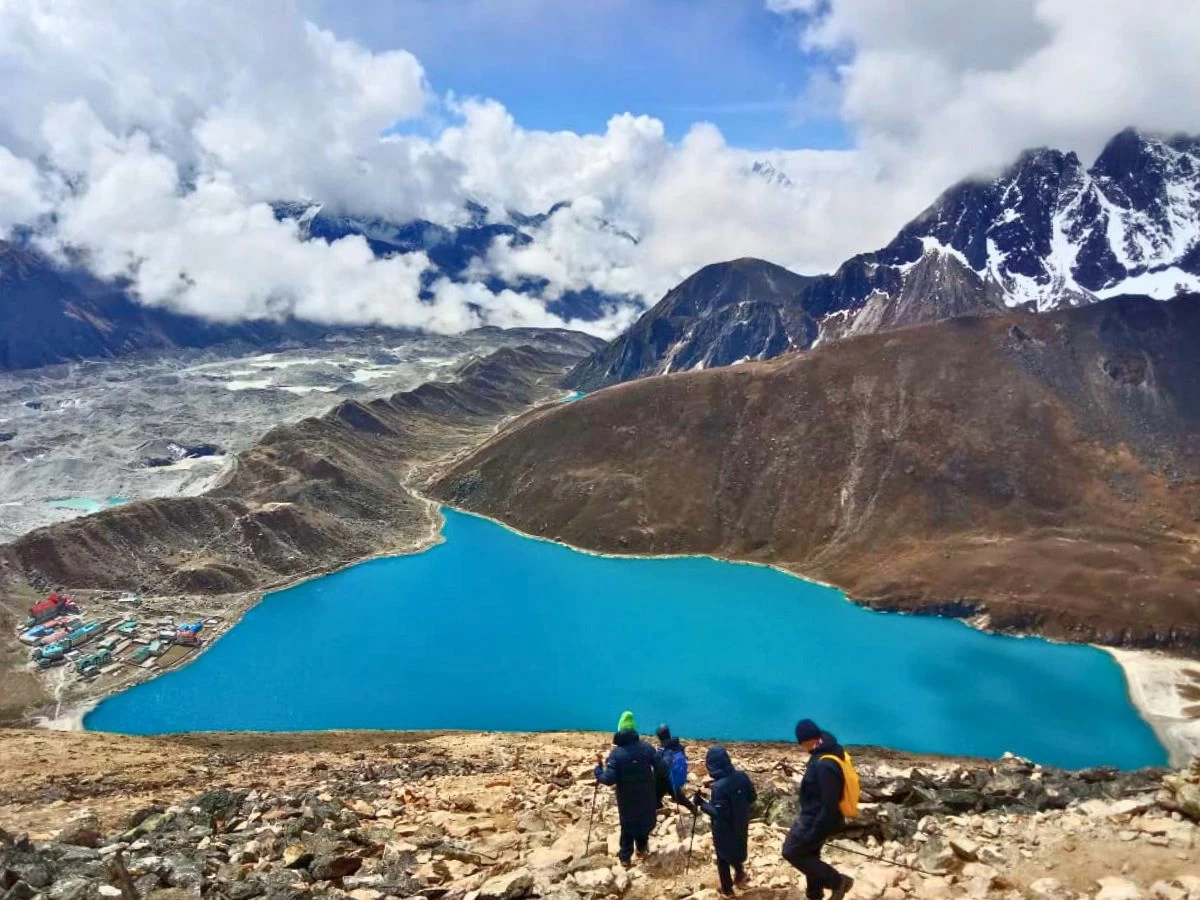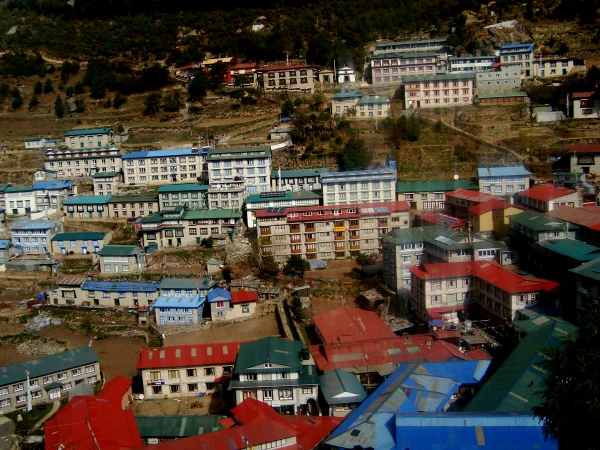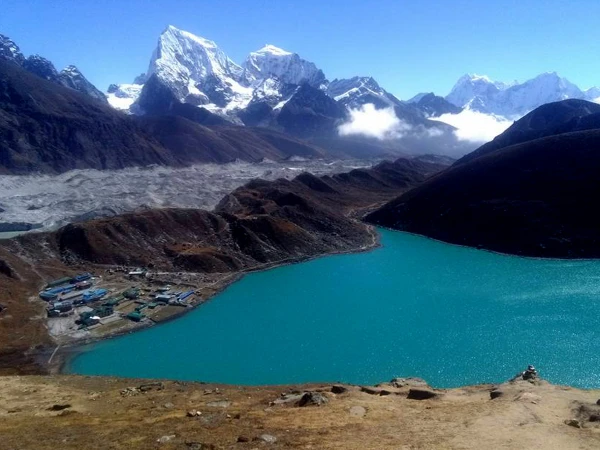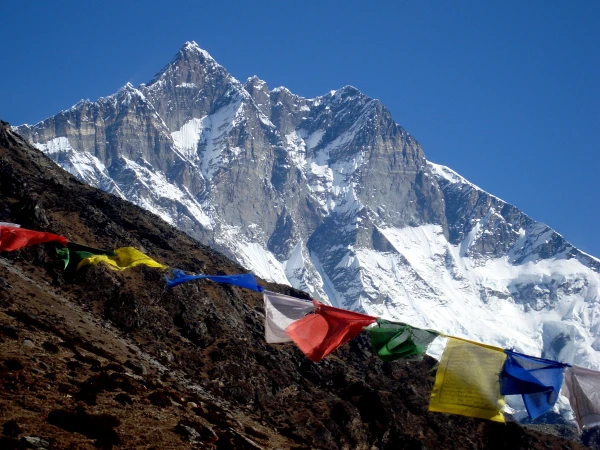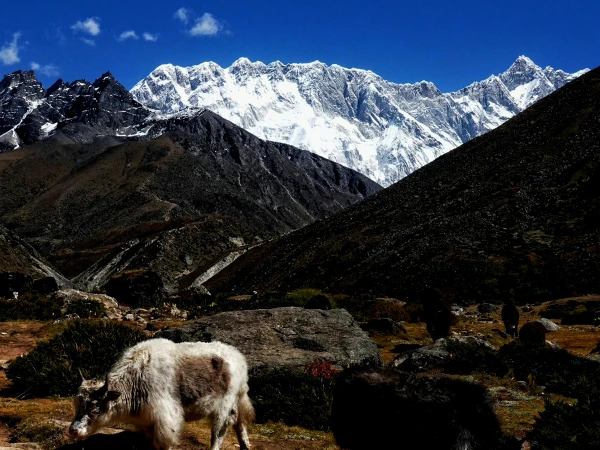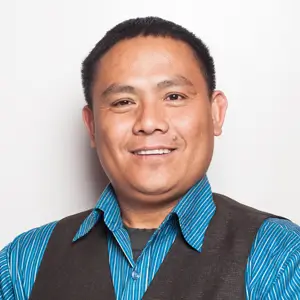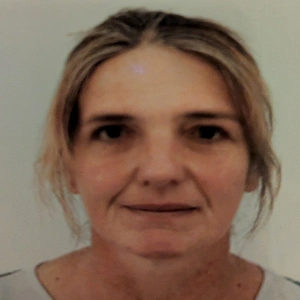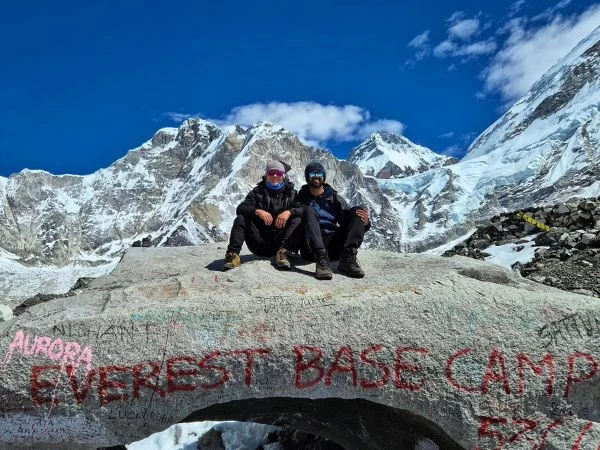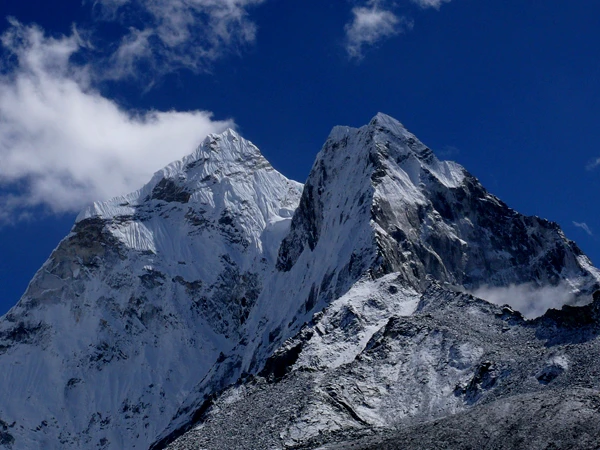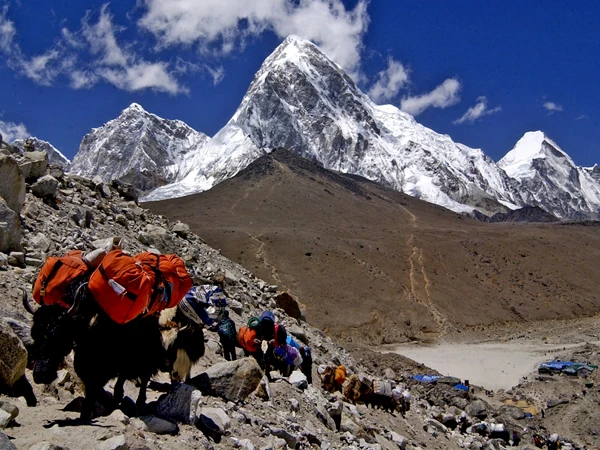Gokyo Lake Panorama Trek Package Info: Lodge, food, fitness, drinking water, high altitude sickness, internet communication, air flight to Lukla, permit, free airport pick, tipping, gear packing list, and more...
1. Why is Kathmandu Hotel Not Included in the Gokyo Panorama Trek?
Thank you for a very good question, and please for the good answer. There are several categories of hotels available in the Kathmandu valley in different locations. With decades of experience, I'd better give more choices of hotels and accommodation in Kathmandu before and after the Gokyo Panorama trek. Nepal Spirit Adventure is more than happy to book the hotel as per your kind recommendation.
2. What Kind of Accommodation Do You Provide Along this Trip?
The entire Package of Gokyo Panorama trek includes accommodation basis in a Tea House (Lodge). We set up lodging in cozy tea houses, sometimes referred to as mountain lodges. Share twin beds and simple furnishings, like little tables and chairs, are provided in each teahouse room. Although blankets are usually given, it is advisable to bring your sleeping bag for extra warmth and comfort. Most teahouses have common restrooms, and depending on the teahouse, you may expect a mix of Western-style sitting toilets and Asian-style squatting toilets. Please be aware that although the majority of teahouses have running water, hot water for showers costs an extra charge. It's crucial to remember that hot shower accessibility varies from teahouse to teahouse, though.
3. What Is the Food Available in the Gokyo Panorama Trek?
You'll experience full board accommodations during your walk with us, which includes breakfast, lunch, and dinner (3 times a day). Along the Gokyo Panorama trek, meals will be served at the teahouses and local lodges. You will eat at the teahouse/lodge where you are staying for both dinner and breakfast. You can choose from a variety of regional and global dishes on the menus, which differ from location to location.
Rice and lentils combined to make Dal Bhat, a famous traditional meal in Nepal. There will also be a range of other foods available, including rice, soups, noodles, potatoes, and seasonal vegetables. To accommodate a variety of palates, some teahouses even serve Western-style dishes like pizza, pasta, and French fries. To start the day off well, there's usually a selection of bread, egg dishes, and cereals available for breakfast. If you have any special dietary needs or preferences, do let us know, and we will try our best to meet them while you're on your walk.
4. Typical Meals on the Trek of the Gokyo Panorama Route
- Breakfast: Porridge, pancakes, eggs, toast, Tibetan bread.
- Lunch/Dinner: Dal Bhat (rice, lentils, curry), momos, noodles, pasta, Sherpa stew.
- Drinks: Tea, coffee, ginger lemon honey tea, hot chocolate.
-
5. Is Safe Drinking Water Provided During this Trip?
Safe drinking water is essential while trekking because we will be traveling at high altitudes. Drinking three to four liters of water a day is advised as it might prevent dehydration and altitude sickness (AMS). For the longest time, we advise you to get sealed, packed mineral water, which is available from any nearby store or resort. Recall! Although spring, river, and tap water are all free, we shouldn't advise you to drink them straight away, even if the water appears to be quite clean and isn't drinkable without the addition of filters or water purification tablets.
Every lodge sells boiling water for purchase. The cost of sealed, packed water and boiled water varies depending on our location above sea level and is between one and two dollars for every liter. As a result, you must get ready and include the additional money for each table drink.
6. Is Health and Fitness Required for the Gokyo Panorama Trek?
The most crucial aspect of traveling and engaging in trekking and climbing is maintaining good health and physical fitness. If you don't have the necessary prior trekking experience, you can begin by cycling or going for morning walks weeks or months before or after you book the trip with us. Climbing and trekking experience will give you an advantage on the trek you choose because the majority of it involves non-technical effort walks.
On this trek, the largest elevation increase is 5,357 meters above sea level at Gokyo Ri Top. As long as you have the energy to walk for four to six hours a day, you can do the walk, which has many ups and downs and passes through local towns, farmlands, terraces, and riverbanks, if you are fit for the journey but still need moderate health and fitness. Travelers are highly encouraged to speak with their physician before departing, get a routine checkup, and provide us with the results when reserving a trip with us.
7. Does Your Company Organize Experience Trek Guide & Porter?
Nepal is a hilly country; walking there will take you to a remote area. To ensure your safety and the success of the trip, you must go with a knowledgeable and experienced guide and leaders. The native trekking guides and porters who have extensive experience working with us and are trained for this kind of expedition are employed by Nepal Spirit Adventure.
In addition to organizing the daily activities of the tour, our knowledgeable guide gives you a wealth of local knowledge, suggestions for how to spend your leisure time, and the ability to accept that occasionally things do not go as planned. The Nepal Mountaineering Association and TAAN have recognized our trek guides, and the government of Nepal has granted them a license and thorough training.
With nine to ten years of expertise, all of our guides are well-qualified and skilled in trekking and climbing. Every year, we train our employees in medical and climbing skills to better serve our clients from all countries with efficiency and a positive attitude. Ensuring that every trip is well managed by a team of tourism professionals, our guides share their experiences and offer cultural insights not found in travel guidebooks. They also possess a thorough understanding of the customs and culture of the areas they guide on trekking and tours.
You will get the opportunity to pick up some Nepali words and other cultural knowledge while traveling with us. Depending on the size of the parties, we offer a trek leader and an assistance leader for each of the many treks we organize in the Nepal Himalayas.
This guarantees your safety when traveling with us because, if one of our guides or assistance guides has a health issue, we have additional primary guides and leaders to ensure the trip goes according to plan. We offer one guide to assist and divide your bags between two individuals, with a Sherpa assistant in some situations, to make your trip enjoyable.
8. What Happens If We Suffer Altitude Mountain Sickness on Trek?
Acute mountain sickness (AMS), another name for altitude sickness, can generally be caused by people ascending too quickly at elevations above 3000 meters. It's usual for most people to experience some effects from altitude, such as shortness of breath and possibly lightheadedness. Acute mountain sickness is quite distinct and typically manifests as a strong headache, nausea, and disorientation.
There are enough red flags in nearly every possible situation to warrant taking the necessary measures. Please notify your hiking guide if you have any signs of altitude sickness, and he will offer you advice on how to manage the situation. In general, dehydration and overexertion are factors in altitude sickness. Consume three to four liters of water daily in addition to tea and coffee, as they include diuretics. The best treatment for high-altitude mountain sickness trek, slowly walk in your space if you're trekking on a group basis, and at least 1000m/500m/ you should re-trek back to the low altitude point, which is the number one doctor's mountain sickness. Then drink soup/water as much as you can.
9. When is the Best Time for the Gokyo Panorama Trek?
The best time/season for the Gokyo Panorama trek is Spring (March to May) and Autumn (September to November). In the spring season, the weather is good, with clear skies, moderate temperatures, and colorful rhododendron forests in bloom, which is another highlight of the Gokyo Panorama trek. Autumn season is the most popular season in Nepal for hiking to the Gokyo Panorama trails, with clear mountain views and stable weather.
10. What Is the Packing Gear for the Gokyo Panorama Trek?
We would suggest the trek packing trekking gear when you plan the trip with us, as the Gokyo Panorama trek requires various gear and apparel depending on the season. Here is a list of the essentials we have provided for your convenience, though. We strongly advise that you pack the necessities. The Nepal Spirit Adventure store and the Kathmandu Hotel both offer free storage for extra items.
The weight restriction for each trekker's luggage is between 10 and 12 kg, and we supply one porter for every two hikers, per our booking terms and conditions. We advise you to pack your belongings in a duffel bag that the company provides and travel in pairs. To carry your valuables and vital documents during the hike, kindly bring a standard backpack.
Head:
- Sun hat or scarf
- Winter hat insulating hat, or a wide-brimmed hat
- Headlight with extra batteries
Face:
- Sunscreen
- Sunglasses with UV protection
- Face/body wipes
Hands:
- Lightweight gloves
- Heavyweight winter gloves
Body:
- Hiking shirts
- Long-sleeved shirt made of synthetic fiber
- Hooded rain jacket
- Fleece jacket
- Lightweight cotton pants
- T-Shirt (bring lightweight wool)
- Polypropylene underwear
- Down jacket (available for rent in Kathmandu)
- Sweater
- Waterproof jacket and pants
Footwear:
- Hiking Boots
- Thick wool socks (Take an extra pair of thick, light socks)
Essential Gear:
- Backpack or daypack (size depends on whether you take a porter or not)
- Thermal bottle
- Water purification
- Trekking pole
- Sleeping bag (-15 degree bag is best in the high altitude trek)
- Toiletries (toilet paper, toothpaste, toothbrush)
Personal Accessories:
- Money
- Watch
- Cell phone
- Camera
- Chocolate bar/biscuit
Extra Items:
- First aid kit
- Extra passport photos and passport photocopies
- Notebook and pen
- Binoculars
